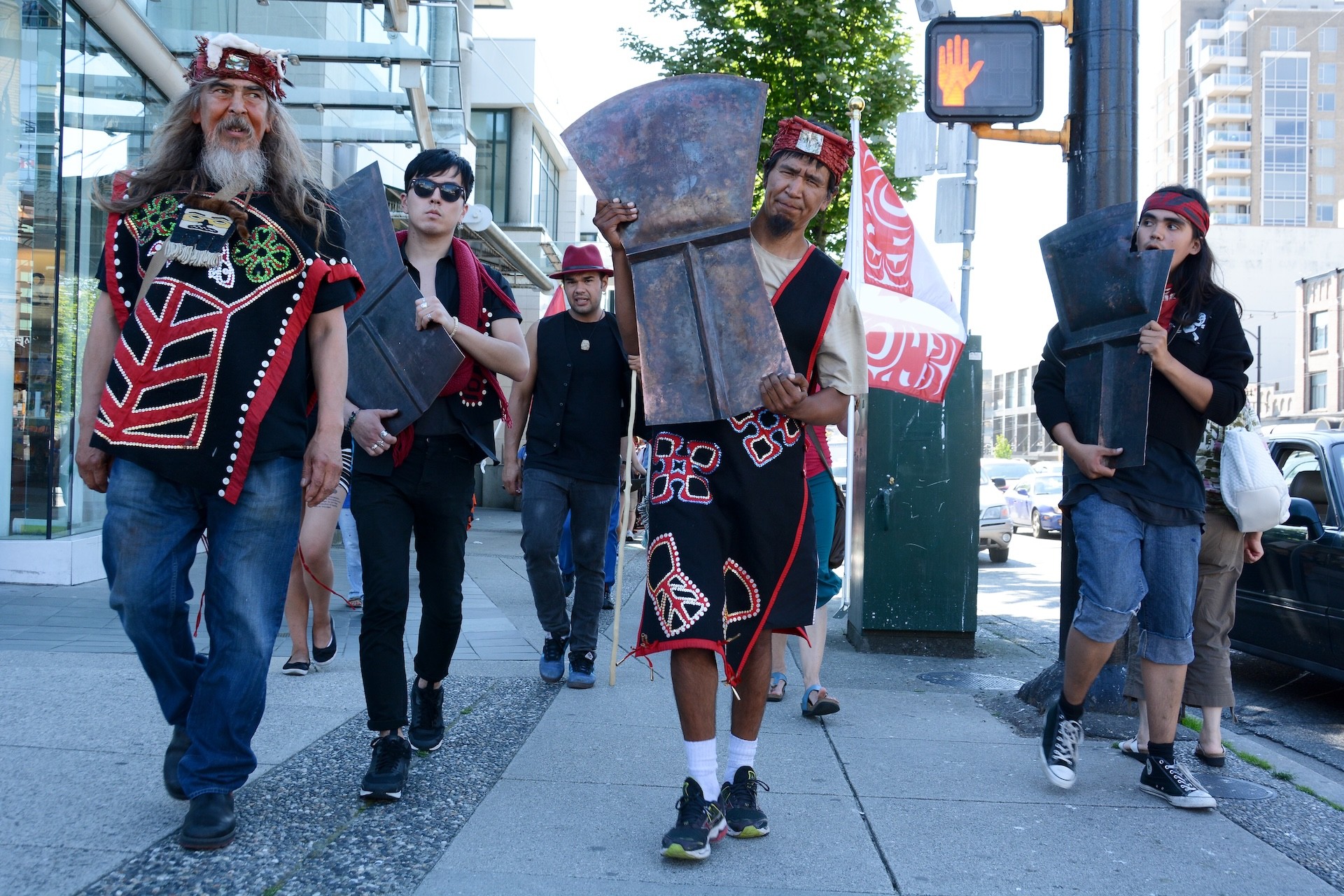ARTH 663 Art History and Social Justice: Reparative Art Histories and Curating Difficult Knowledge
- Instructor: Dr. Gabrielle Moser
The course examines contemporary debates about the possibility of art, visual culture and exhibitions as forms of repair and reparation “in the wake” (Christina Sharpe) of the legacies of settler colonialism and transatlantic slavery. Specifically, it explores critical and creative writing, curatorial practice, exhibition-making, memorials, archives, and public pedagogy as reparative practices: as strategies for repairing individual and collective relationships, but also as modes for redressing colonial processes of dispossession, genocide, extraction and enslavement. The readings, films and exhibitions we will encounter throughout the course will present us with “difficult knowledge” (Deborah Britzman) that challenges our very sense of self and worldview—disrupting our positions as learner and teacher, reader and author, viewer and curator—by confronting us with histories “for which we may not be responsible, but nevertheless indelibly mark our present” (Warren Crichlow).
In taking up reparation as both our object of study and our goal in our practices as curators, educators, artists, citizens and activists, the course will examine the social and interpersonal dynamics of repair. What, for example, does repair look like in the museum? How has visual culture been complicit in structures of colonial violence and, conversely, how might it be used to make restitution, return or repair possible? How might aesthetic encounters help viewers to move past the resistances that accompany difficult knowledge, and offer the place and space to “think” the resonance of the past in the present? Surveying the historical, present and future contexts for reparations, with a special attention to anti-colonial and Indigenous perspectives, the course concentrates on the aesthetic and pedagogical dimensions of repair within the borders of the land now known as Canada.
 Kwkwaka’wakw hereditary chief and carver Beau Dick (left) carrying copper to the steps of the British Columbia legislature, 2013
Kwkwaka’wakw hereditary chief and carver Beau Dick (left) carrying copper to the steps of the British Columbia legislature, 2013

